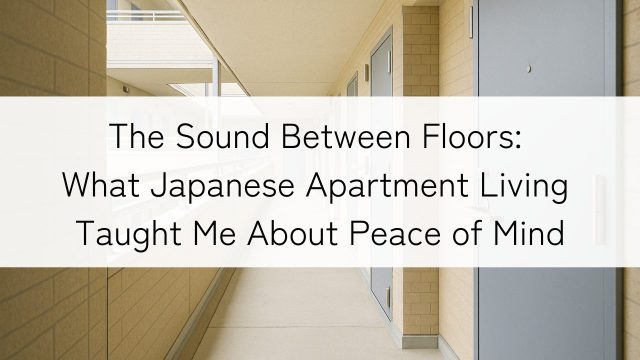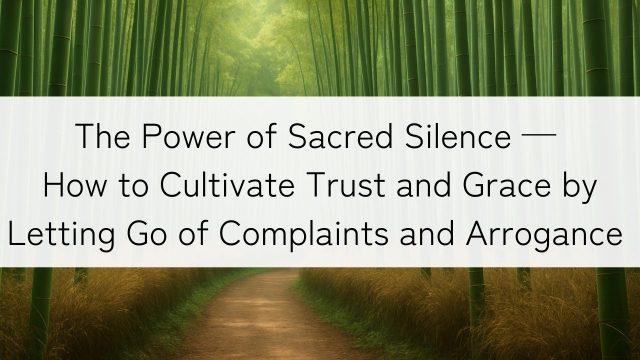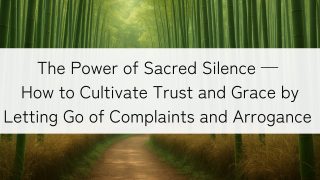Introduction
“What does ‘totonou’ mean?” “What is ganbanyoku?” “How should I bathe in an onsen?”
Japanese bathing culture is a unique combination of relaxation, skincare, and wellness. Whether you’re visiting Japan or living here, understanding how to properly enjoy saunas, hot stone spas, and onsen will help you get the most from these amazing experiences.
In this article, I’ll share insights from my own experience as a resident in Wakayama, explaining the types of saunas in Japan, etiquette, skincare tips, and recommendations for great local facilities.
1. What Makes Japanese Sauna Culture Unique?
In Japan, sauna bathing isn’t just about sweating. It’s about achieving a state of mental and physical clarity known as “totonou”. The standard flow is:
Sauna → Cold Bath → Rest (Outdoors if possible)
Unlike in Finland or the US, Japanese saunas are often used quietly and individually. Many places promote “silent bathing” to preserve the calm atmosphere.
2. Types of Sauna in Japan: Dry, Löyly, and Ganbanyoku
| Type | Temp | Humidity | Features |
|---|---|---|---|
| Dry Sauna | ~90°C | Low | Classic high-heat, low-humidity sauna. Best for heavy sweating. |
| Löyly Sauna | ~70–80°C | Medium–High | Steam created by pouring water over hot stones. More skin-friendly. |
| Ganbanyoku (Stone Spa) | ~40–50°C | Natural High Humidity | Heated rock bed you lie on. Gentle heat, deeply relaxing. |
☝️ Why Sweat Type Matters
Saunas are used for wellness, but also for skincare in Japan. Each style has different benefits:
- Dry saunas produce oily, heavy sweat from sebaceous glands, excellent for cleansing pores—but can be harsh on sensitive skin.
- Löyly and Ganbanyoku produce lighter, watery sweat—better for hydration and daily use.
👉 If you’re looking to deep-clean pores, go for dry sauna with a cold bath. If your skin is sensitive or dry, choose ganbanyoku or löyly.
3. How to Bathe: Sauna & Ganbanyoku Etiquette
Before Entering
- Clean your body with soap and water before entering. This is essential in Japan.
- Remove makeup and wash your face to improve skincare results.
- Do not wear perfume or strong-scented products. These can be overwhelming in enclosed spaces.
- Avoid alcohol before bathing—it’s unsafe.
During Use
- Sit on a towel in the sauna (some facilities require this).
- Stay quiet—Japanese saunas are peaceful spaces.
- No phones, no loud talking.
Cooling & Resting
- After sauna, dip briefly in the cold bath.
- Then rest in a reclining chair or bench (called “outdoor air bathing”)—this is the key to “totonou.”
4. Benefits of Cold Bath and Outdoor Rest
- Hot sauna dilates your blood vessels → Cold bath contracts them → Boosts blood circulation and stress recovery
- Helps close pores after sweating
- Outdoor rest brings a calming effect via parasympathetic nervous system activation
5. Onsen Bathing Manners (Hot Spring Etiquette)
Many saunas in Japan are located inside onsen facilities. Here’s how to enjoy them respectfully:
Before
- Wash and rinse your body before entering the tub
- Keep hair and towels out of the water
While Bathing
- Stay quiet
- Don’t stay too long—hydrate and rest if needed
After Bathing
- Moisturize your skin—open pores dry out quickly
- Don’t wash off the mineral-rich water—gently towel dry instead
- Get dressed promptly to avoid chills
6. Recommended Sauna & Ganbanyoku in Wakayama
As a local in Wakayama, I highly recommend these spots:
- Kirakuyu Wakayama (Website / Map)
Features löyly sauna, carbonated baths, and ganbanyoku. - Yu-bath Wakayama (Website / Map)
Spacious outdoor baths, strong cold water bath. Great for first-timers. - Shirahama Onsen (Saki-no-yu, etc.) (Tourist Info / Map)
Stunning seaside outdoor baths in one of Japan’s oldest onsen towns.
These facilities are tourist-friendly and often include English signage.
7. Learn More: Recommended Resources (in English)
For more detailed explanations and videos:
- 🛁 A Beginner’s Guide to Onsen – Japan
- 🎥 All the Rules of Japanese Onsen Etiquette Explained! (YouTube)
- 📘 8 Rules & Manners of Japanese Onsen Bath
Conclusion
Japanese sauna and bathing culture isn’t just about relaxation. It’s about resetting your body, mind, and skin. Whether you’re traveling through Japan or living here, try out these traditions—you may find yourself “totonou” before you know it.
Stay respectful, stay fresh—and enjoy the soak!



